Training to Survive on Mars
Mars Desert Training
So, we're going to Mars and several private companies have already set that as a goal. Will we die....will we survive? I've talked about many of these issues in previous posts, but now I'll share some of the training going on behind the scenes that will give our survival a better chance. For this one, I'm taking you to the Dhofar desert in Oman where one such organization is doing just that.
Photo by: OeWF/Voggeneneder (used with permission)
A picture from Star Wars? No, not exactly. This is a four-week field mission called the AMADEE-18, OeWF’s 12 mission designed to conduct 18 experiments in a simulated Mars environment. OeWF states that "20 nations and 16 institutions from 6 countries" will be collaborating to test both equipment, processes, and procedures in preparing for a mission to Mars. These domes (above) may appear to be living quarters, but they are actually the exhibitions used for media and VIP visitors.
Living Quarters
Pictured below are containers used for living quarters. Decadi explains that eight of these containers house two apartments within each. Each apartment has two beds for these researchers to live. Additional containers provide research areas along with a control center which communicates back to mission support in Innsbruck, Austria. They no way represent what living conditions on Mars will be, but they do provide living space in order to focus on specific research which will benefit future Mars missions.
Photo by: OeWF/Voggeneneder (used with permission)
Transportation
Photo by: OeWF/Voggeneneder (used with permission)
Above are quad bikes used by the researchers to explore terrain very similar to that on Mars. Much more work will need to be done to make this more realistic since such a vehicle is impractical on Mars. Even the Curiosity Rover is having damage issues with its titanium wheels. Keep in mind though specific research goals are being conducted for this mission and not all items on the mission will be 100% realistic. Other factors such as temperature differences on Mars make realism limited.
Aouda Spacesuit
Below are space suits called Aouda which the individuals use to practice EVA procedures, conduct experiments, perform geological studies, and establish and maintain communication networks. This affords these researchers the opportunity to work within the suit environment with realistic visibility limits. Procedures can be practiced and refined based on these practice EVAs. The major issue I have with these suits, however, is the maneuverability of the limb regions. Current suits have maneuverability issues requiring newer space suits to be developed. The newer suits will likely have much more maneuverability than current suits, but not to this extent. With that said, however, this does not limit them from practicing potential processes needed for Mars. With the field of view limitations, they can at least discover issues associated with this suit limitation.
There are advantages to the suit that do factor in Mars conditions. Dr. Gromer explains, "We have developed an exoskeleton emulating the pressurization to account for the correct mass-to-force ratio owing to the lower gravity on the Red Planet" (Ray, 2017). A major factor that wasn't included is components in the suit to simulate the Mars environment.
Photo by: OeWF/Voggeneneder (used with permission)
These researchers will be using ground penetrating radars and spectrometers in their geological research. A team arriving on Mars will need to use natural resources to both survive and produce the necessary fuel for a return trip to Earth. Additionally, these researchers will be testing material, equipment, and procedures that may be used in future Mars missions (AFP News Agency, 2017).
Photo by: OeWF/Voggeneneder (used with permission)
In future posts, I'll begin sharing some of the many research projects associated with the AMADEE-18, OeWF’s 12 mission. These include the Husky autonomous rover, ScanMars, TumbleWeed, 3-D printing, and Hortextreme Italian inflatable greenhouse. I hope you've enjoyed this post and will continue following my future posts as I bring more information concerning our reach for Mars.
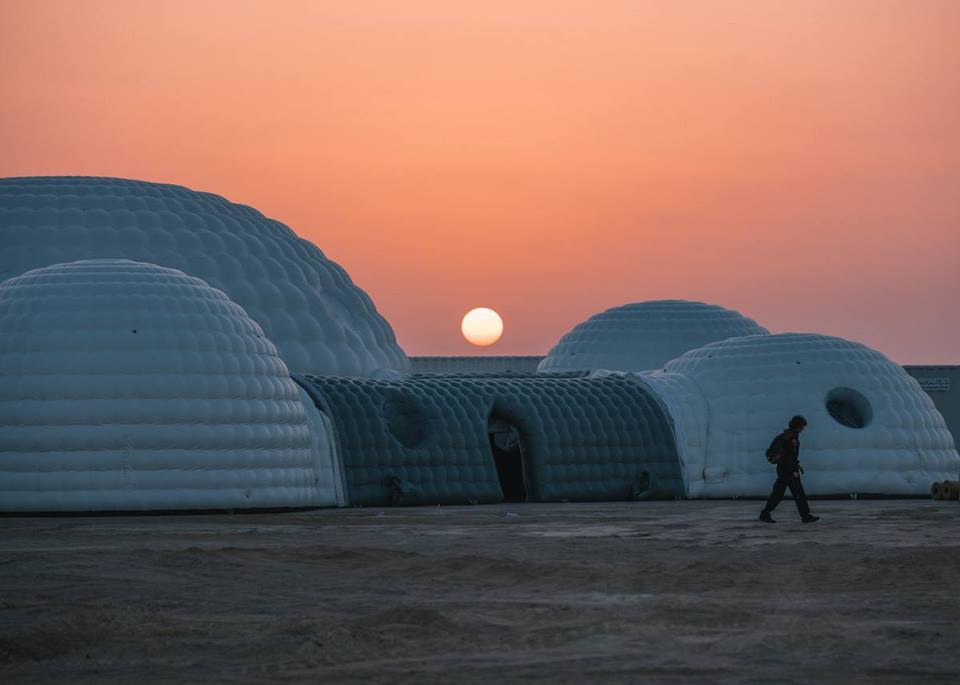
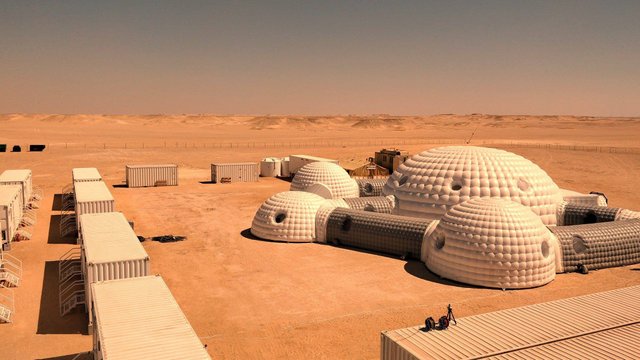
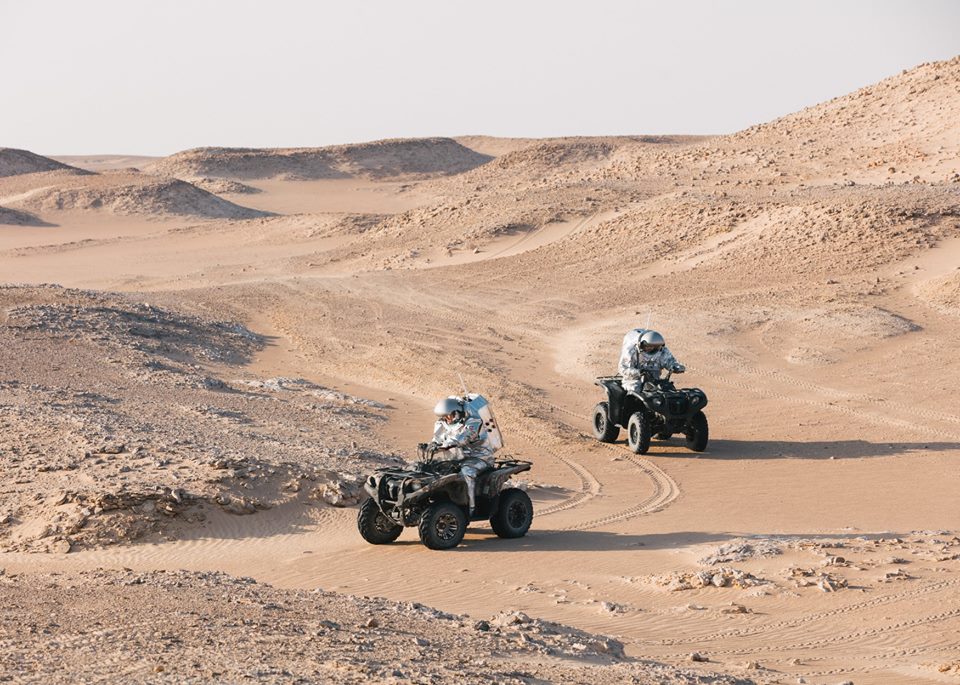
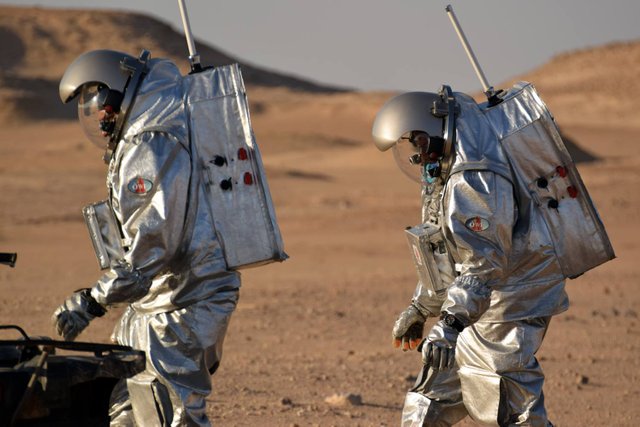
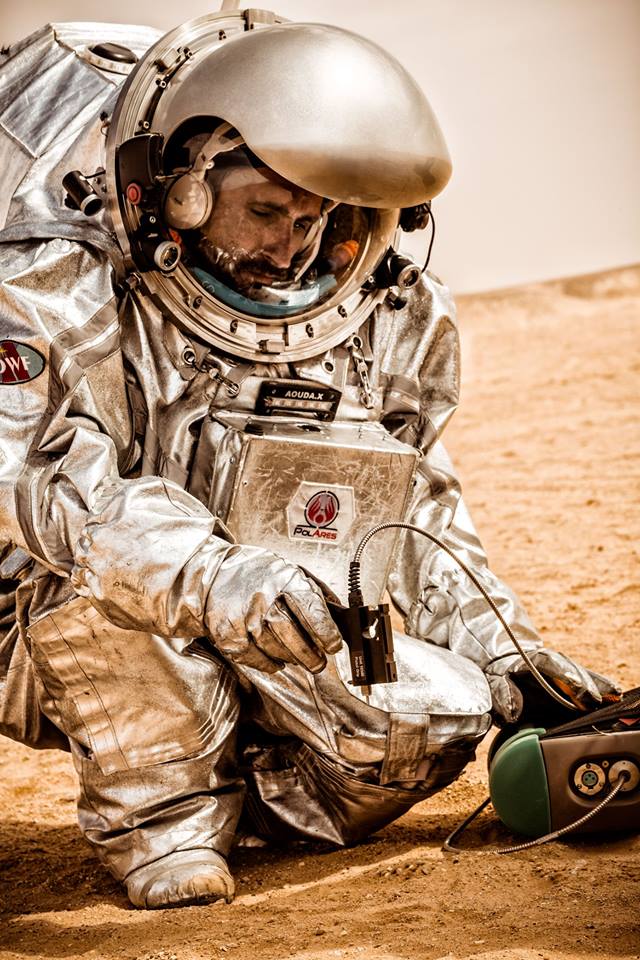

Being A SteemStem Member
This post was upvoted by Steemgridcoin with the aim of promoting discussions surrounding Gridcoin and scientific endeavors.
This service is free. If you want to help the initiative, feel free to upvote this comment.
Have a nice day.
Disclaimer: This account was created by @Ragnarokdel and is not associated in any shape or form with the official gridcoin devs team.
Thanks for the post, I find the Mars race very interesting. I hope the explorers all the best.
Hi, I found some acronyms/abbreviations in this post. This is how they expand:
I guess you have seen the MARS television documentary?
Very interesting pictures and article. Love this stuff :) You got my vote
I was surprised and did not know that such a project exists. This is very, very interesting. I recently watched the feature film "Mars Attacks", the picture is very similar. I would like to go there, you can make great photos. I will wait for the report from this place.